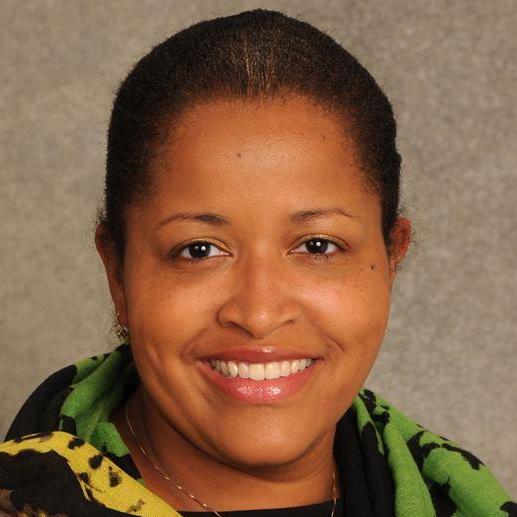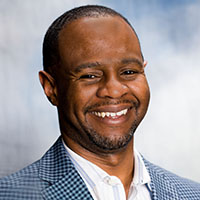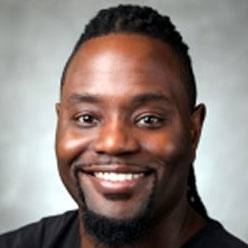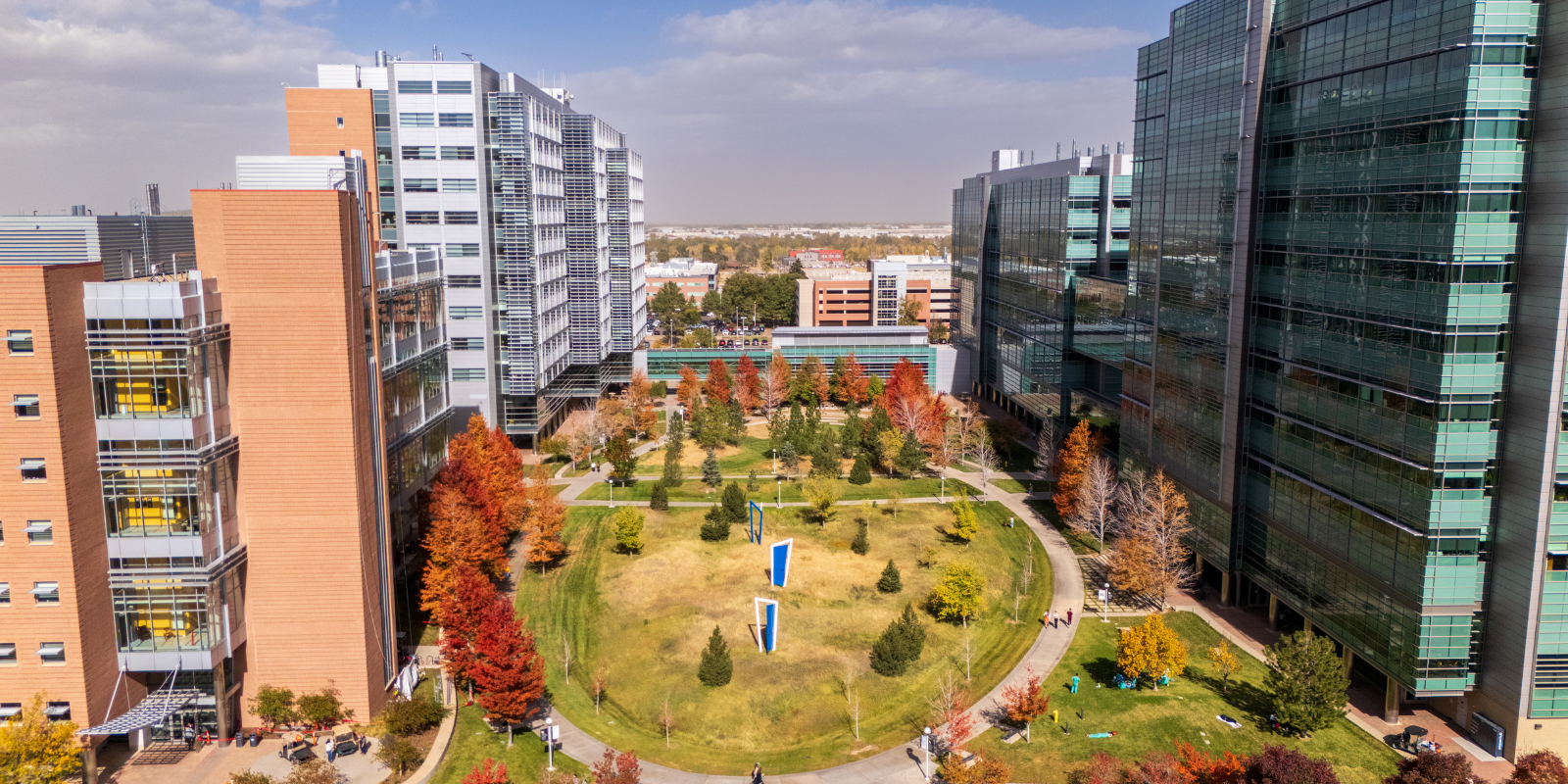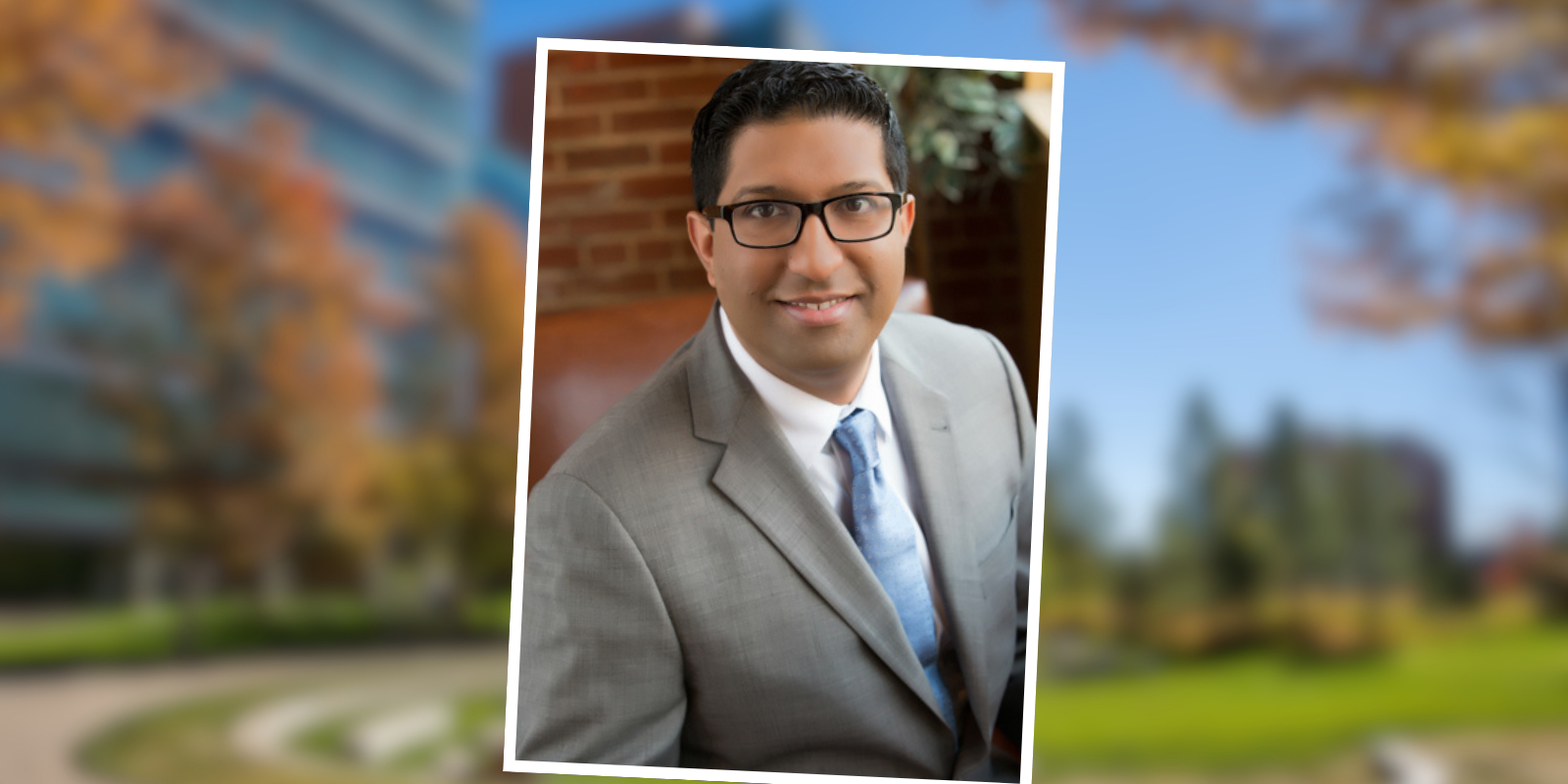In the Division of Cardiology at the University of Colorado School of Medicine, Kamal Henderson, MD, is working to understand why marginalized communities shoulder a disproportionate burden of cardiovascular disease.
At the CU Cancer Center, Curtis Henry, PhD, is investigating whether obesity — a condition more common in underserved communities including the Black community — inhibits the effects of cancer-targeting immunotherapies..
And in the CU Department of Pediatrics, Brandi Freeman, MD, is part of a research team focused on addressing infant mortality and prematurity levels among Black women in Colorado that are higher than the national average.
Henderson, Henry, and Freeman are just three among the dozens of researchers at the CU School of Medicine studying health disparities in Black communities.
“I think it’s our obligation as Americans” to address health inequities, says Henry, deputy associate director of diversity, equity, inclusion, and access at the CU Cancer Center. “We understand that our history hasn’t always been picturesque. Parts of it have been a nightmare for marginalized communities. If we want to live up to the principles of this country — life, liberty, and the pursuit of happiness for everyone — we must acknowledge that a lot of the inequities that still exist are hand-me-down inequities, meaning that they started during slavery and have continued through and past Jim Crow.”
Roots of a movement
Some of those hand-me-down inequities include the fact that Black communities have higher rates of smoking, obesity, and poverty compared to their white counterparts, and additionally are at higher risk for heart disease, stroke, asthma, diabetes, and cancer.
It’s an area that medical researchers have begun to pay more attention to in recent years, spurred on by paradigm-shifting events.
“This newfound attention was unfortunately catalyzed by the murder of George Floyd and thankfully the Black Lives Matter movement,” Henry says. “America hadn't taken our pulse in a very long time. This terrible event was the catalyst that that caused us to say, ‘There are still a lot of inequities that still exist, particularly in health care and social justice. What can we do as a country to make sure we leave this place better for the next generation of Americans?’”
Solving for systems
Much of Henderson’s cardiology research has to do with the systems that keep inequities in place — for instance, lifesaving drugs that are much more difficult to get if you’re uninsured. One of his recently published studies looked at how a national campaign to prevent heart disease was perceived and implemented in underserved communities in Denver.
“That's a study that is built around understanding what resources are available and how those resources are being implemented to address chronic disease management within the community, as well as health-related social needs,” says Henderson, assistant professor of cardiology. “Those are things that improve equity, such as housing and solving for food insecurity. Many of our patients, unfortunately, are missing out on things that can improve their health and wellbeing.”
Henderson’s study found, for example, that resources to help people in marginalized communities quit smoking might not be as effective in the long run as efforts to relieve the stressors that lead to smoking in the first place. Similarly, programs in place to help underserved communities are only effective for those who understand how to access them.
“Being poor in America is an expensive lifestyle,” he says. “It requires a lot to go through the paperwork to apply for these programs. Most times people just need some help and support in that arena. It’s about understanding the resources that are out there and implementing strategies around what people’s needs are.”
Support for Black mothers
The dire statistics around infant mortality and prematurity among Black women in Colorado led Freeman, associate professor of pediatrics, to get involved with the Black Health Initiative, a project at Children’s Hospital Colorado that aims to improve social connectedness and health care access for Black families, increase awareness and education about health disparities in Black communities, create policy and system changes to advance Black health, and improve patient-provider relations for Black families.
As part of the latter effort, Freeman helps to coordinate a series of culturally responsive clinical and behavioral health trainings at the Center for Advancing Professional Excellence on the CU Anschutz Medical Campus.
It’s simulation work that looks at how race shows up in clinical encounters, and for those who have been through it, it's been a really rewarding experience,” Freeman says. “The provider is paired with a community member as they go through the simulations, and it's been helpful for the providers to understand the intricacies of human interaction and how things can be communicated verbally and nonverbally.”
Many of the simulations are based on experiences the community members have had within the health care system, Freeman says, and some of those experiences were traumatic.
“Our providers have given us feedback that it's a learning experience that has impacted the way they provide care,” she says. “Anecdotally, one of our providers who went through the experience told us that it helped them to appreciate the signs of eclampsia that a mother was exhibiting in the emergency room when they brought their child in for care. If they hadn't had that training, they may not have appreciated those symptoms for what they were.”
For Freeman, who also is involved in creating pathways for physicians from underrepresented communities and coordinating health equity education for pediatric residents, it’s all part of a continuum that starts with addressing health equities that affect the youngest members of society.
“In pediatrics, our goal is to make thriving adults. We want children to reach their ultimate outcome, which is to be an adult who is a thriving, productive member of society,” she says. “No matter what your background is, where your family's from, or how much money they make, you should have the opportunity to achieve your best health. The disparities in our society mean that’s not always possible for every child. It's important that we look at those differences and work to change them and move toward not only what we call health equity, but equitable health outcomes for children.”
Obesity and the immune system
Henry, who studies how social determinants of health affect cancer risk and treatment, has focused his recent research on the impact of obesity in triple negative cancer, which is one of the leading causes of death for Black women.
“Obesity rates tend to be higher in communities of color for both men and women,” he says. “The highest obesity rates in the U.S. are in the Black population, followed by Hispanics, then Indigenous Americans. Obesity is also a major driver of several cancers, including some of the cancers that are more prevalent in the Black community, such as triple negative breast cancer and colon cancer.”
In recent laboratory studies, Henry and his team found that the presence of fat cells not only makes breast cancer cells more aggressive and more likely to spread, but it makes these cells less visible to the immune system, meaning that immunotherapy — a cancer treatment that uses the body’s own immune system to fight cancer cells — may be less effective in women with obesity. Henry recently applied for a grant to study whether anti-obesity drugs can boost the immune system.
“If we see that they have a positive effect on your immune system, it might be possible to combine anti-obesity drugs with immunotherapies to improve treatment responses in patients living with cancer and obesity,” he says. “Our first aim is to look at the impact on the immune system, profiling the immune system based on BMI levels. The second aim is to look at this in the context of solid cancers, and our third aim is to analyze the synergism between anti-obesity drugs and CAR T-cell therapy treatment for blood cancers. Hopefully, this research will provide much needed short- and long-term insight into novel ways anti-obesity drugs can be used in our fight against cancer.”
Forward progress
There are several other projects happening on the CU Anschutz campus that address health disparities in the Black community and other underserved populations.
It’s an encouraging sign, Henderson says, that progress is beginning to be made.
“Oftentimes, we come at these issues through a single lens, not looking at it from a system-level viewpoint,” Henderson says. “There are ways to put together the right people, the right thinkers, using community participatory methods, to say, ‘How do we bolster our academic centers with thinkers who want to do this type of work? How can we put all these pieces together for it to make sense?’ We have to be intentional if we want to move forward.”

